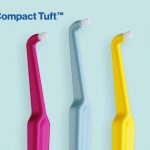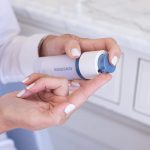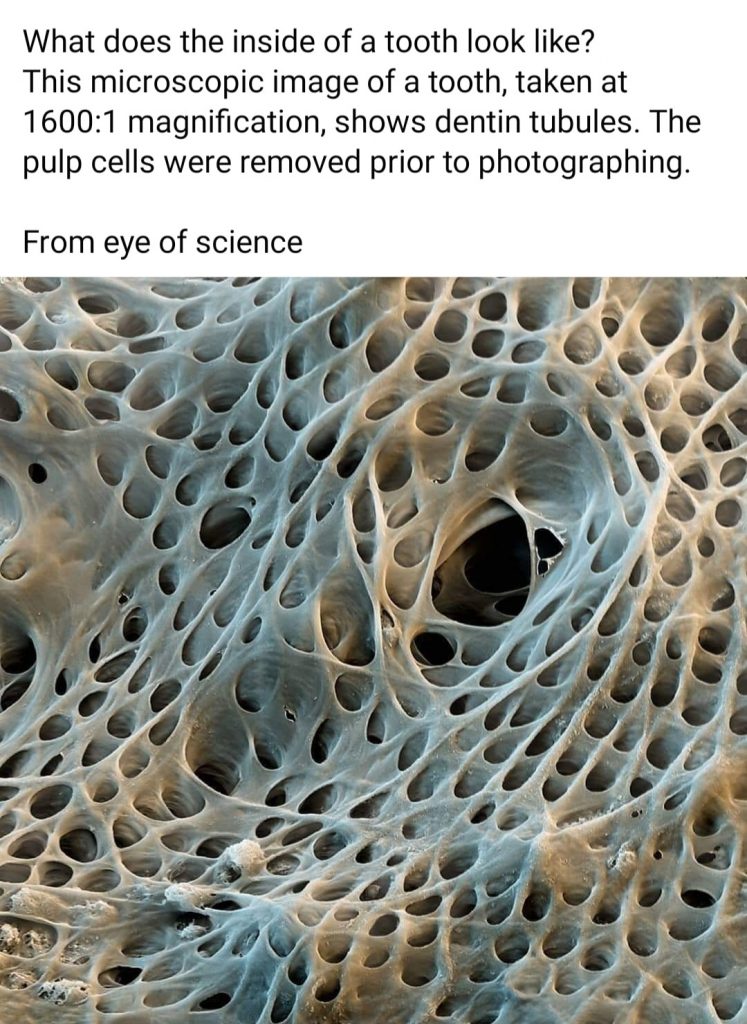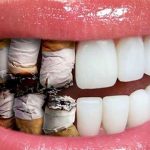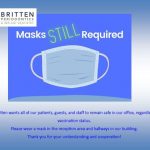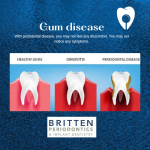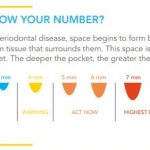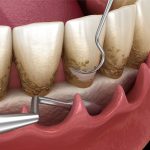Oxidative stress is a known contributing factor in the development of chronic inflammatory diseases, including periodontitis, or gum disease. Clearwater Periodontist Dr. Todd Britten explains that adding antioxidants to your diet or the use of natural topical antioxidants as part of an at-home care regimen can help improve oral health by preventing or helping repair oxidative damage.
Antioxidant products used in the oral cavity can promote homeostasis, enhance wound healing, and alter microbial flora during medical treatments such as chemotherapy and dental procedures, or by dental materials. Dr. Britten has found that antioxidant products can also have a healthy antimicrobial (germ-killing) effect. They can also be used to help heal ulcers and other types of tissue trauma or injury.
A product that Dr. Todd Britten recommends regularly in his periodontal practice is PerioSciences AO Provantage Gel [www.periosciences.com]. “It is a gel that can be used up to 5 times a day for many conditions. PerioSciences also makes a toothpaste and a rinse which can be used in addition to the gel to improve periodontal health.” Dr. Britten goes on to explain that the essential oils in the mouthwash (menthol and thymol) have an anti-plaque and anti-gingivitis effect without damaging tissue cells and antioxidants (phloretin and ferulic acid) have beneficial effects on the cells and tissues found in the mouth.
“Your dental professional can recommend specific regimens for each type of surgery or any acute conditions requiring antioxidant products. A maintenance program after that is often recommended.”
Dr. Britten also goes on to explain that anti-inflammatory foods incorporated into the diet are also beneficial for oral and overall health. According to the American Heart Association, some foods high in antioxidants or have a high degree of anti-inflammatory effect would be fatty fishes, dark leafy greens, tea, whole grains, nuts, ginger and even dark chocolate.
“Since we know that periodontal disease is connected to variety of other diseases, including heart disease, diabetes, and rheumatoid arthritis, treating inflammation by using antioxidants both in our diet and/or topically may not only help manage periodontal diseases but may also help with the management of other chronic inflammatory conditions.”

